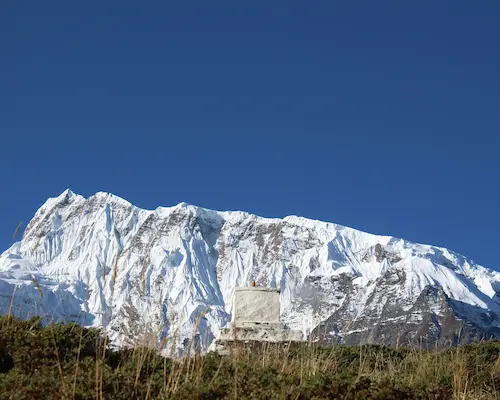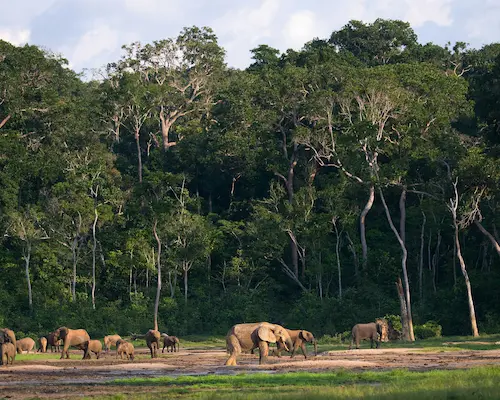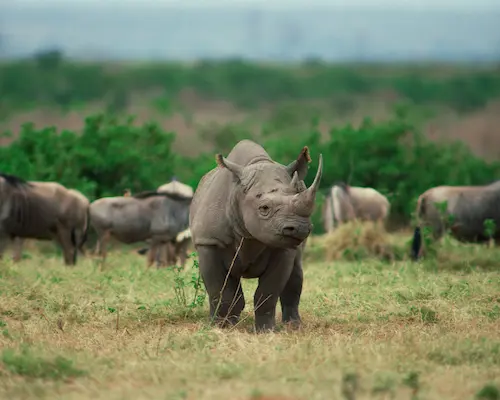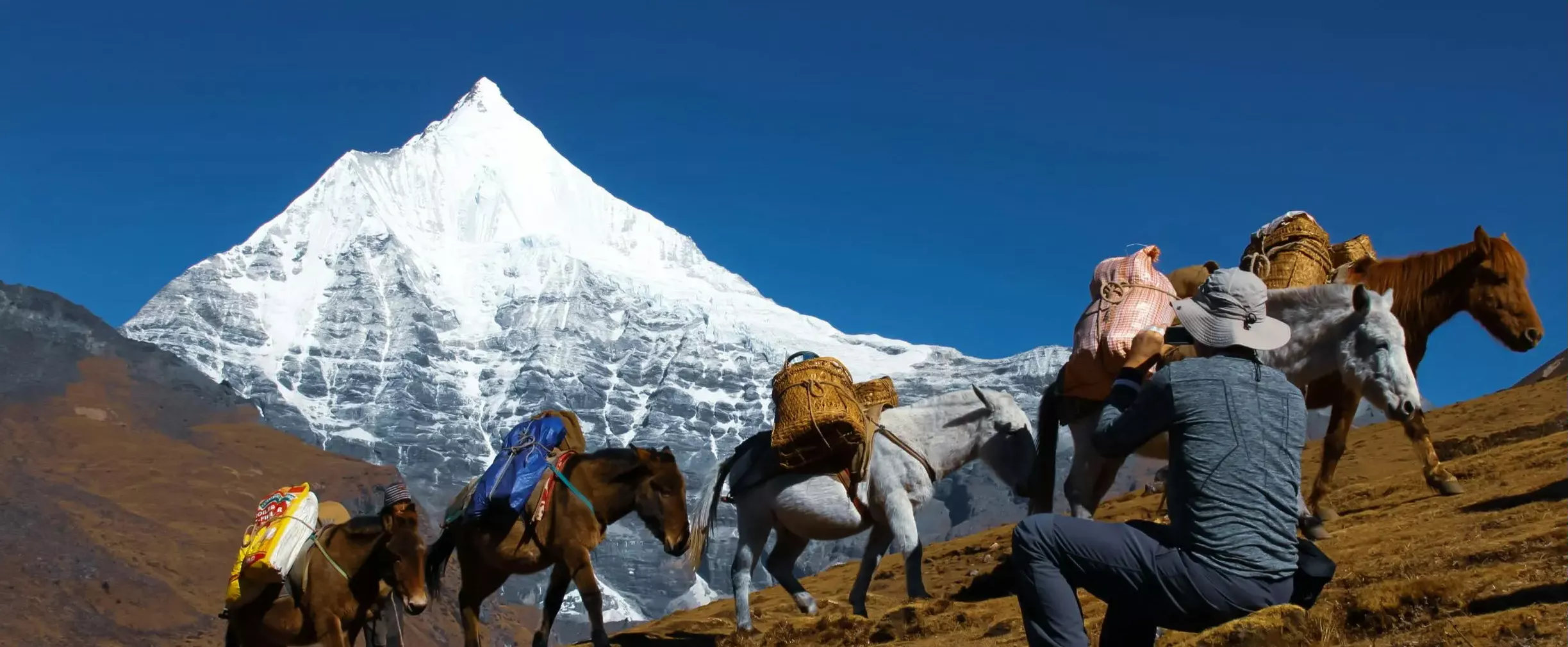
- DestinationsPlan Your Trip to Bhutan
- Drukpath Trek 12 Days
- Jomolhari Trek 13 Days
- Bhutan Discovery 10 Days
- Kishuthara Trail 18 Days
- Laya Gasa Trek 16 Days
- Snowman Trek 34 Days
- Bhutan Spiritual Journey 12 Days
- Bhutan Yoga Retreat 12 Days
- Cycling Across Bhutan 15 Days
- Rafting in Bhutan 10 Days
- Paro Tshechu Festival 9 Days
- Thimphu Tshechu Festival 9 Days
- Jambay Lhakhang Drup 13 Days
- Bhutan Birding 18 Days
- Bhutan Birdwatching 14 Days
- Fishing in Bhutan 14 Days
- Trips
- Offer
- Contact Us












